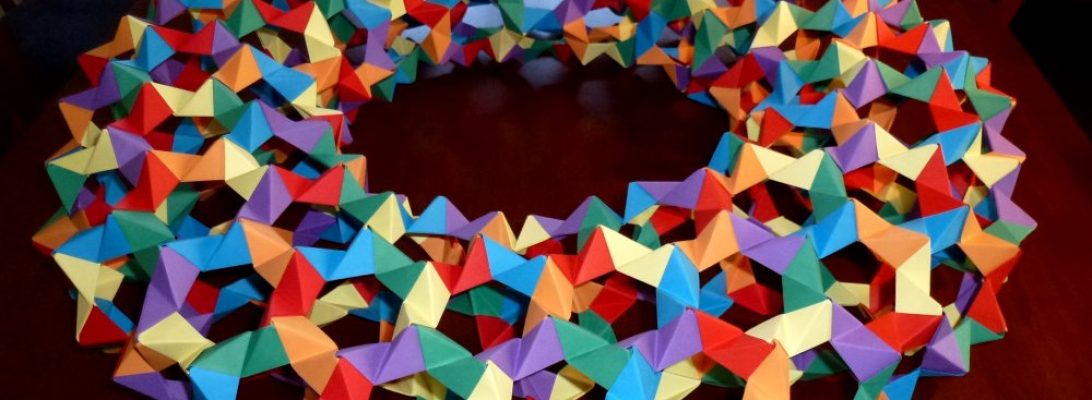It is a little known fact that people will believe just about anything. Tell them that a furry, egg laying, duck-billed, webbed footed, egg laying, pouch carrying mammal that lives in burrows underwater and protects itself with poisonous spines … and they believe it:
There are few things more distinctly Australian then the Ornithorhynchus (colloquially called a “Platypus”) and it seems in the origami world there are nearly none of them.
Stupid me, I did a poll on Fakebook about what I should fold to commemorate (or mourn, depending on your perspective) Australia day – today’s national holiday. Annoyingly the Platypus won hands down. Continue reading →
















